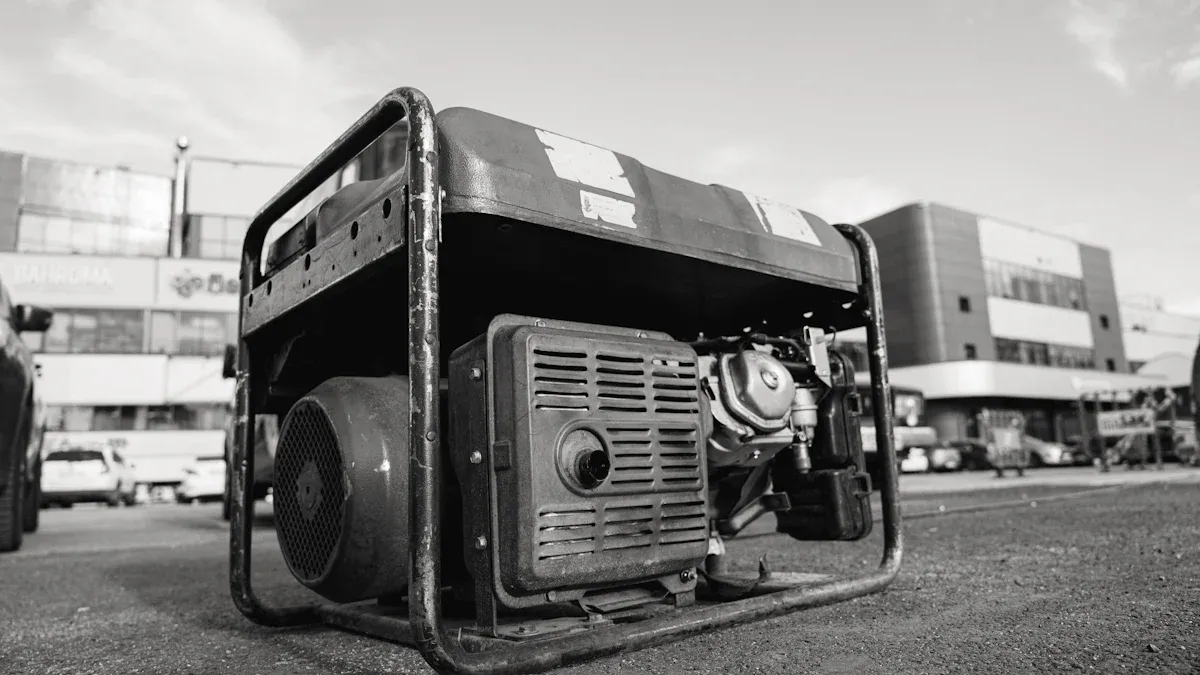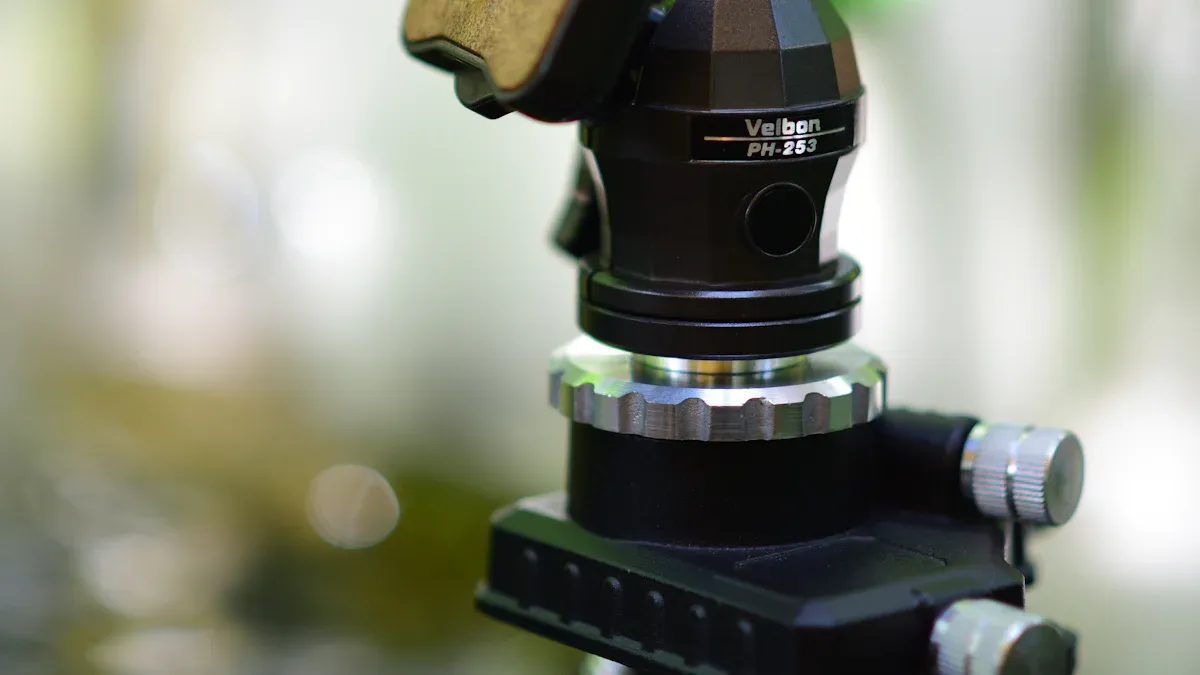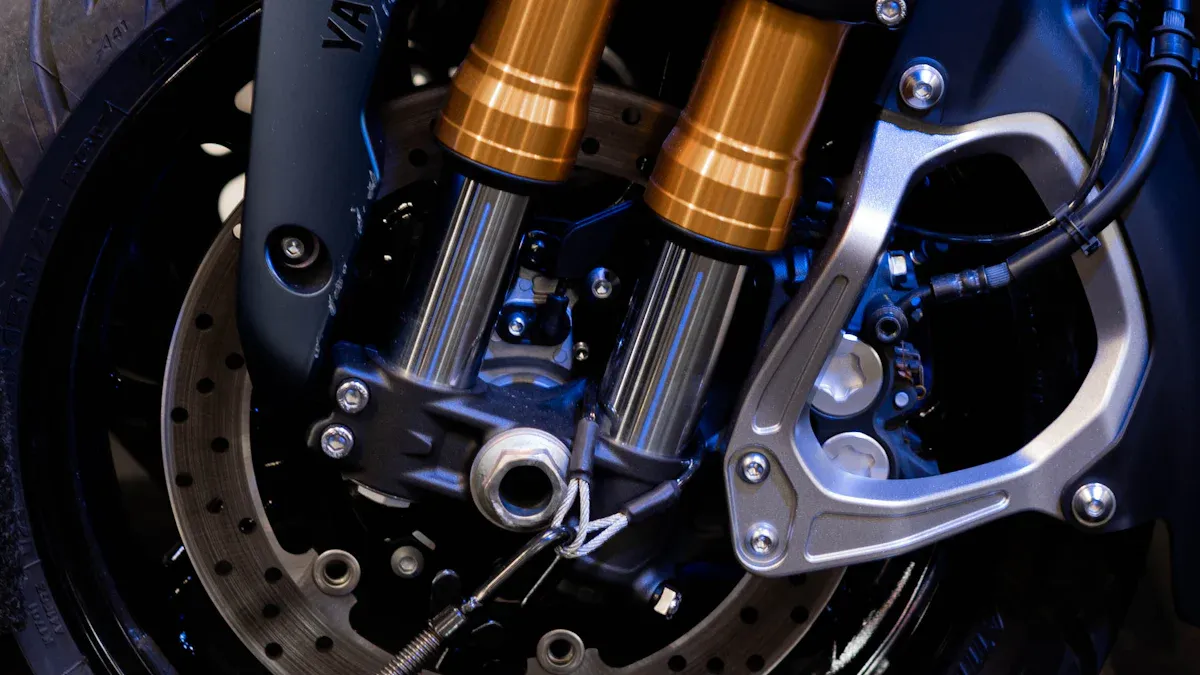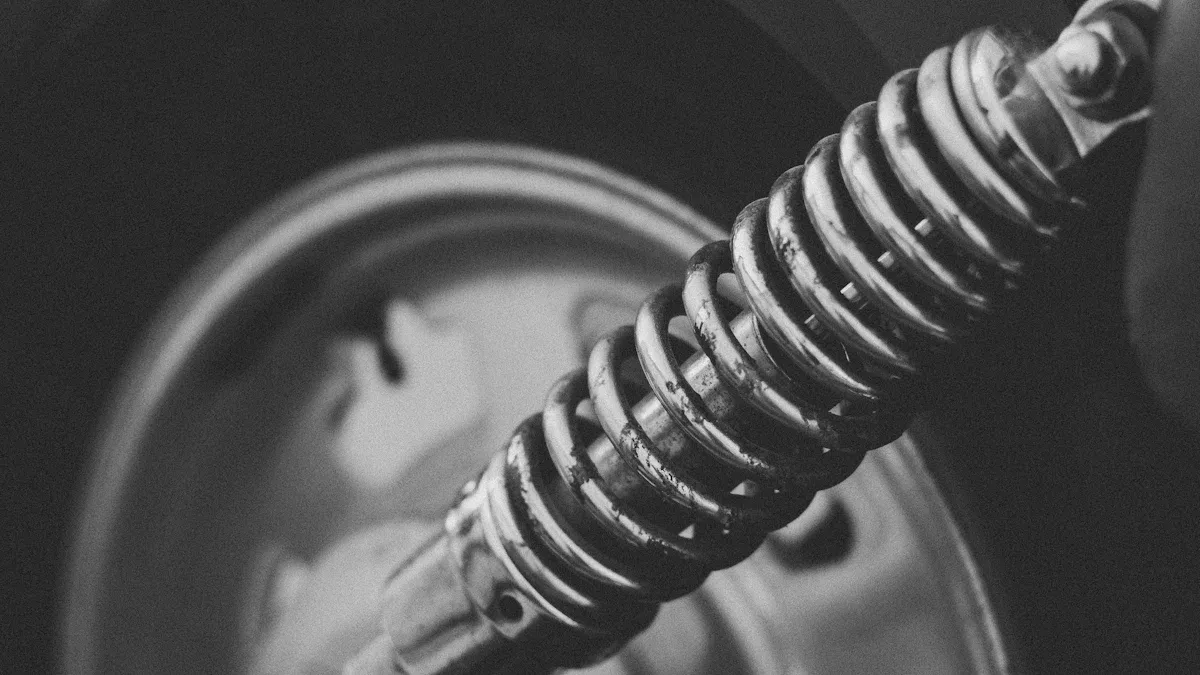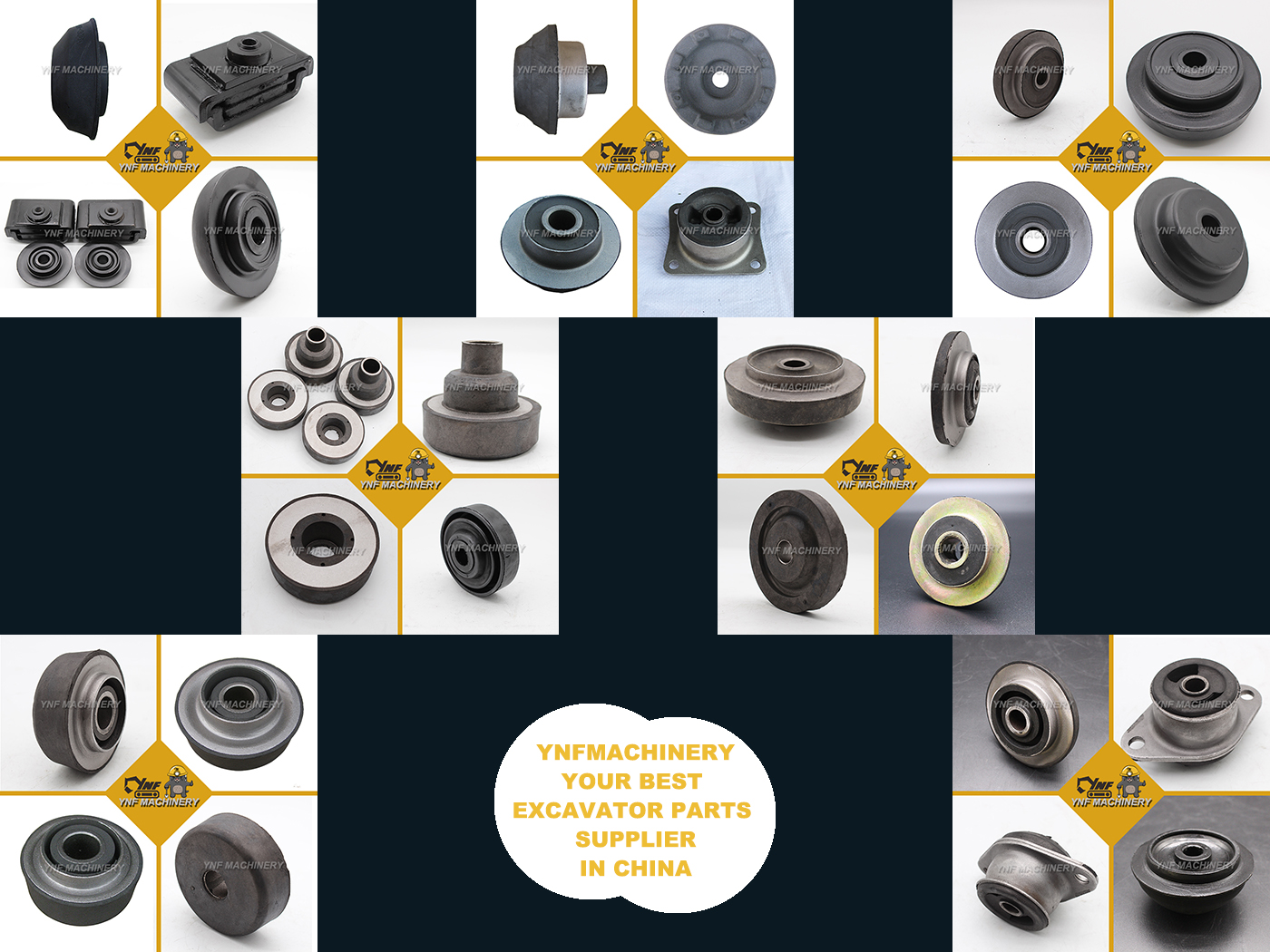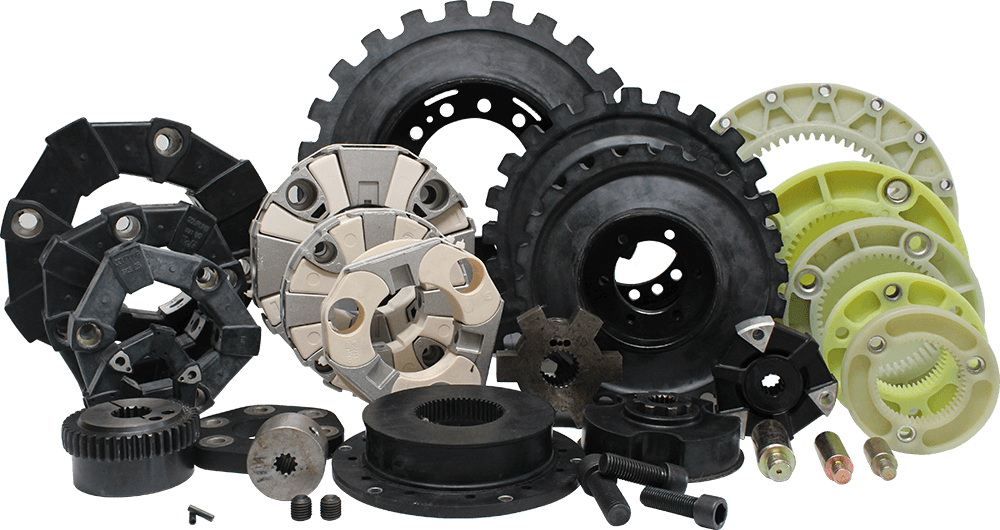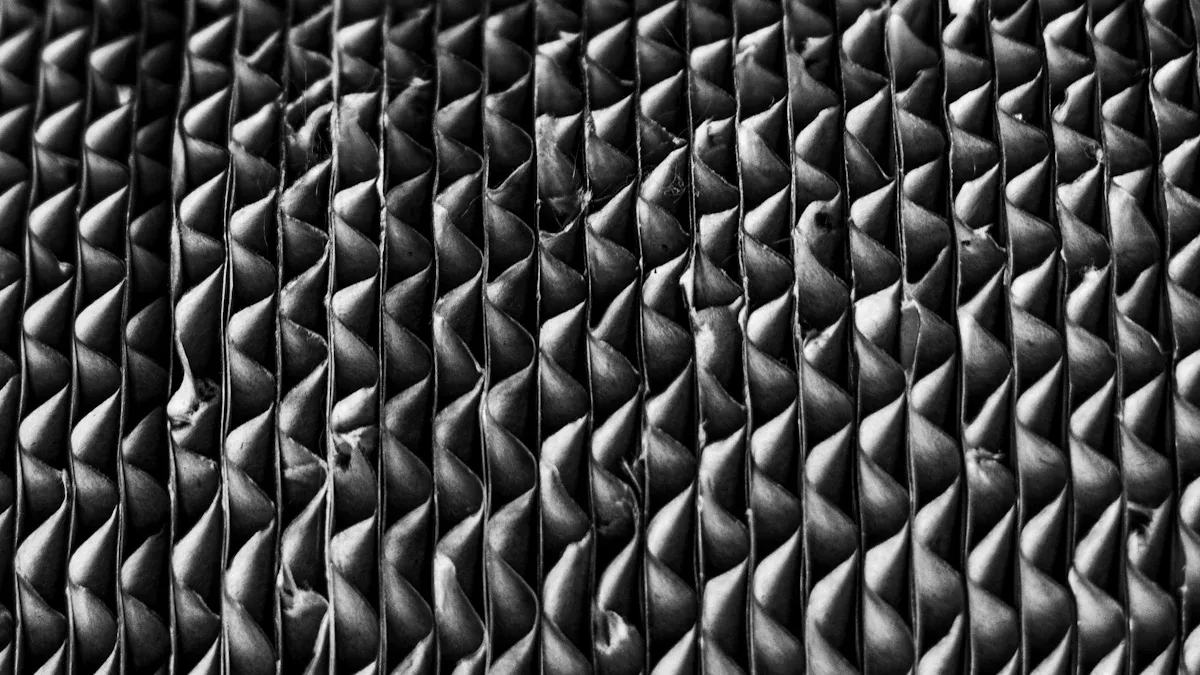
Vibration isolator mounts are tools that keep equipment away from surfaces. They help stop vibration and noise from moving to other places. These mounts are important for keeping machines and buildings safe. Many businesses use vibration isolator mounts to help their systems work well. The table below shows how different industries use these mounts to lower vibration and make things safer:
Industry | Common Applications |
|---|---|
HVAC | Furnaces, compressors, air handling equipment |
Manufacturing | Motors, pumps, machinery, compressors |
Transportation | Driver’s cab mounts for comfort and safety |
General | Protect building structures from vibration transmission |
If vibration is not controlled, equipment can break down faster. Buildings can also get damaged if vibration is not stopped.
Key Takeaways
Vibration isolator mounts keep vibration and noise from moving around. They help protect machines and buildings. These mounts help machines last longer and work better. They also make places quieter and safer. There are different types of mounts. Some are rubber, spring, or wire rope. Each type fits different machines and vibration needs. You must pick the right mount for your machine. Think about the machine’s weight, the kind of vibration, and where it will be used. Using vibration isolator mounts the right way saves money. They stop damage and lower noise.
Vibration Isolator Mounts Overview
Purpose
Vibration isolator mounts are important in machines. They help stop vibration and noise from moving between parts. These mounts still give strong support to equipment. Engineers use vibration isolation mounts to keep delicate equipment safe. They also help lower noise, making places safer and more comfortable.
Vibration isolators help machines work well and stop them from breaking early.
The main jobs of vibration isolation mounts are:
Stopping vibration and noise from moving between parts
Keeping equipment and sensitive pieces safe from vibration harm
Making sure users and workers hear less loud noise
Helping machines and buildings last longer
Soaking up shock and vibration energy, especially with special materials like Sorbothane
Lowering the natural frequency so resonance does not happen
Giving strong damping for many kinds of vibration
Soaking up shock for millions of times without metal springs
Vibration isolator mounts help control vibration, lower noise, soak up shock, and protect machines and people. Many industries use these mounts to keep their systems safe and working well.
Common Uses
Vibration isolation mounts are found in many machines. These mounts help machines work better and last longer. Some common uses are:
Motors
Fans
Industrial generators
Manufacturing equipment
Robotic equipment
Data cabinets
Appliances
Computers
Many machines make vibration when they run. Without vibration isolators, vibration can move to other parts of a building or system. Anti-vibration mounts stop this movement and keep vibration under control.
Anti-vibration mounts also help lower noise and protect equipment and people from harm.
People use vibration isolation mounts in many places, like HVAC systems, machine tools, and electronic devices. These mounts help keep equipment steady and quiet. They also help stop damage from shock or sudden moves. By picking the right vibration isolator, engineers make sure machines work well and last longer.
How Vibration Isolation Mounts Work
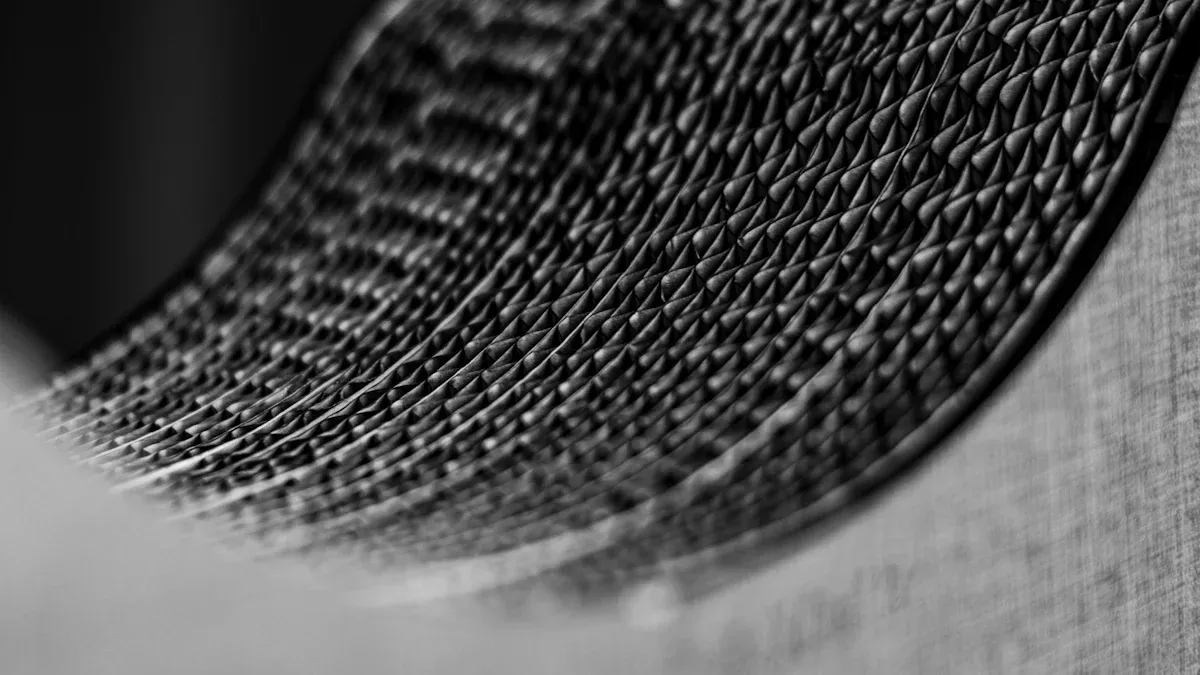
Working Principle
Vibration isolation mounts use science to keep machines safe. These mounts lower the natural frequency of a system. This makes the mount absorb vibration before it spreads. This process is called vibration isolation. When the mount’s frequency is lower, it can soften vibration.
Vibration isolation mounts have elastic parts like springs or rubber. These parts soak up energy.
Many mounts have a damper that helps absorb extra vibration.
The system’s natural frequency depends on the equipment’s weight and the mount’s stiffness.
By absorbing vibration, the mounts stop resonance. Resonance can hurt machines.
Vibration isolation mounts can be passive or active. Passive mounts use rubber, wire rope, or coil springs. Active mounts use sensors and actuators to cancel vibration.
Vibration isolation mounts let equipment move a little. This movement helps control vibration. The mounts absorb shock and vibration from many directions. They also keep metal parts from touching, which lowers noise. Different mounts, like center bonded or sandwich mounts, protect different machines. Some mounts help with torsional shock and misalignment. Vibration isolation mounts also make things more comfortable by reducing impacts.
Tip: Pick vibration isolation mounts based on equipment weight and vibration type for the best protection and less noise.
Materials and Design
The materials and design of vibration isolation mounts are important. Most mounts use rubber or thermoplastic elastomers (TPE). These materials absorb vibration and last a long time. Rubber, like natural and nitrile, is stretchy and resists chemicals and water. Nitrile rubber can handle big changes and does not tear easily. TPE gives strong vibration damping, high impact strength, and good electrical insulation. This makes TPE good for electronics. Many mounts use steel parts to make them stronger.
Material | Key Properties | Reasons for Use |
|---|---|---|
Rubber (Natural and Nitrile) | Stretchy, resists chemicals and water, does not tear easily, handles big changes | Absorbs vibration, lasts long, lowers noise, protects machines; steel inserts make mounting stronger |
Thermoplastic Elastomers (TPE) | Does not tear or wear easily, bends without breaking, strong against impacts, good electrical insulation, resists acids, alkalis, oils | Damps vibration well, good for electronics and equipment needing insulation |
The design of vibration isolation mounts changes how much vibration they absorb. Shape, material, and construction all matter. Elastomeric mounts use rubber stuck to metal to absorb shock and vibration. Wire mesh mounts use stainless steel and act like springs. Cylindrical mounts work for light machines. Sandwich bar mounts use layers of rubber and metal to absorb low-frequency vibration. Cone and shear mounts protect in many directions. Pneumatic mounts use air and rubber for high shock protection. Heavy-duty mounts hold big loads and lower vibration and noise.
The right design helps mounts fit each machine’s needs. Custom mounts can help equipment last longer and stay safe by lowering vibration and noise. Engineers pick the best design based on vibration type, equipment weight, and where the machine is used.
Note: Using the right materials and design helps vibration isolation mounts protect machines and people from harmful vibration.
Types of Vibration Isolators
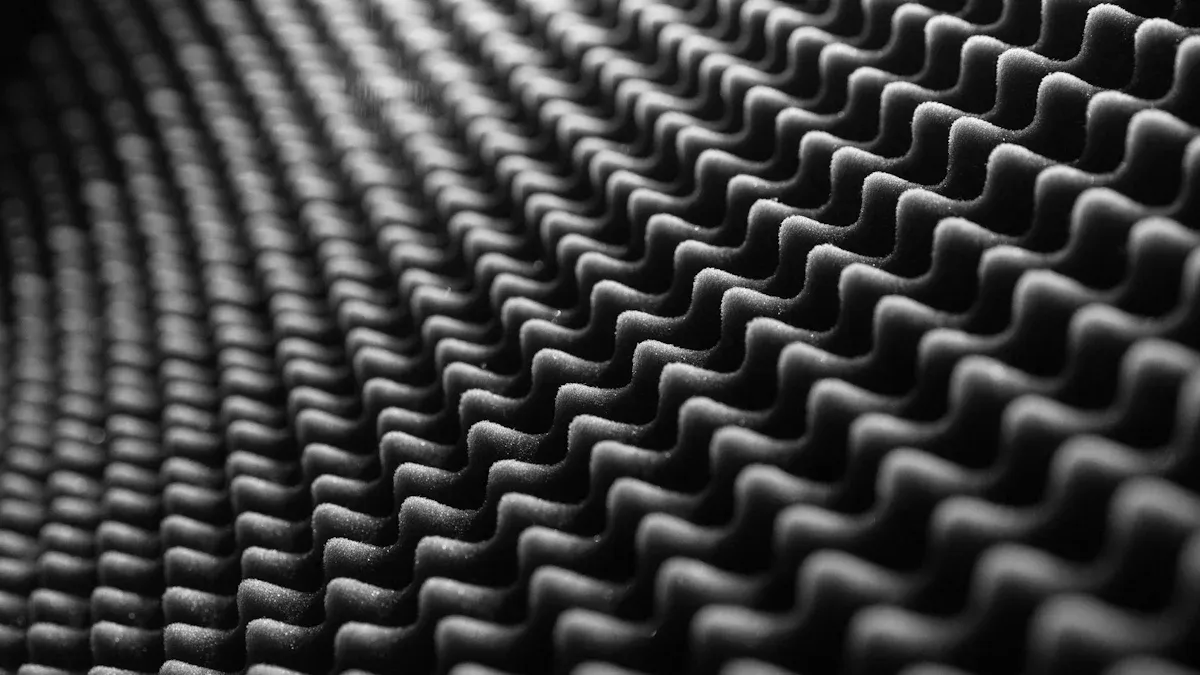
Vibration isolation mounts come in many shapes and sizes. Each type has its own job and works with different machines. Knowing about the types helps people pick the best one for their needs.
Rubber Mounts
Rubber mounts use special rubber to soak up vibration. They handle squeezing and pulling forces. These mounts sit between machines and their supports. You can find rubber mounts in factories, HVAC systems, and boats. Some kinds are bobbins, bushings, and buffers. These mounts keep delicate equipment safe and lower noise. Their stretchiness and ability to soak up movement make them great for stopping vibration in many places.
Tip: Rubber mounts help stop vibration and make equipment last longer.
Spring Mounts
Spring mounts use metal springs to block low-frequency vibration. Their design lets them hold heavy things and big movements. Engineers pick spring mounts based on how heavy the machine is and how much it shakes. Spring mounts are used in big HVAC units, large pumps, and generators. They can be changed by moving the spring more or less. Spring mounts work well when temperatures and humidity change, unlike rubber mounts.
Wire Rope Mounts
Wire rope mounts use twisted metal ropes to soak up shock and vibration. These mounts have built-in damping and can move in any direction. Wire rope mounts fit into small spaces and work in tough places. You see them in military vehicles, electronics, and sensitive tools. Their design makes them stronger in harsh conditions than rubber or foam mounts. Wire rope mounts handle both shaking and sudden shocks, so they are a good choice for stopping vibration.
Specialized Types
Some vibration isolation mounts do special jobs. These include hydro mounts, air mounts, and custom shapes. HVAC vibration isolators lower noise and shaking in air conditioners and fans. Industrial vibration isolators protect big machines in mining and energy work. Small engine mounts make power tools and lawn equipment more comfortable. Electronic vibration isolators keep medical and aerospace devices safe. Each special mount solves a certain problem and helps keep equipment steady.
Type | Main Application | Key Feature |
|---|---|---|
Rubber Mounts | Industrial machinery, HVAC, marine | Good damping, flexible |
Spring Mounts | Heavy equipment, HVAC, pumps | Low-frequency isolation |
Wire Rope Mounts | Electronics, military, harsh settings | Multi-directional, durable |
Specialized Types | HVAC, mining, electronics, small engines | Custom fit, targeted protection |
Note: Picking the right vibration isolation mount depends on the machine, how much it shakes, and where it is used.
Benefits of Vibration Isolator Mounts
Equipment Protection
Vibration isolator mounts help protect machines from damage. Machines can get hurt by shaking all the time. Bearings may get dents or wear out too soon. Sometimes, bearings get damaged even when not running. This is called false brinelling. It happens when outside vibration moves the bearings. This can ruin the oil and parts inside. Vibration isolation mounts soak up or block these bad movements. When engineers use these mounts, they lower the shaking that causes early problems. Vibration monitoring systems can find issues like loose or crooked parts. Finding problems early and stopping vibration helps machines last longer and not break suddenly.
Vibration isolation mounts:
Keep bearings from getting dents or wearing out
Stop false brinelling in machines that are off
Help save money by avoiding repairs and lost time
Machines work longer when vibration isolation mounts cut down on shaking and protect important parts.
Noise Reduction
Vibration isolation also helps make things quieter. Machines that shake a lot can be very loud. The noise can move through floors and walls. This makes it hard to work in those places. Vibration isolation mounts stop shaking before it turns into noise. This keeps factories, offices, and homes quieter. Many people notice less noise when these mounts are used.
Less noise helps workers pay attention and stay safe
Quieter places are better for everyone around
Performance Improvement
Vibration isolation mounts help machines work better. When machines do not shake much, they run smoother. Smooth machines do a better job and break less often. Vibration isolation keeps parts where they should be and stops shaking that causes mistakes. Many businesses use vibration isolation to get the best work from their machines.
Benefit | How Vibration Isolation Helps |
|---|---|
Equipment Protection | Stops early wear and damage |
Noise Reduction | Keeps work areas quieter |
Performance Improvement | Makes machines more reliable |
Vibration isolation mounts lower shaking, protect machines, and help them work better in many places.
Choosing Vibration Isolator Mounts
Picking the right vibration isolator mount helps machines last longer. It also helps them work better. Engineers think about many things before they choose a mount.
Application Needs
Each machine needs a different kind of vibration isolation. Big machines, like generators, need mounts that can hold heavy weight. Smaller things, like computers or fans, need mounts for lighter loads. The kind of equipment and how it works help decide which mount to use. Machines that run fast make more vibration. These need mounts that can soak up more shaking. Picking the right mount gives the best vibration isolation for each job.
Tip: YNF Rubber has many kinds of vibration isolator mounts for all sorts of machines.
Load and Vibration
The weight on a vibration isolator changes how much it bends. This also changes its natural frequency. Engineers must pick mounts so the natural frequency is not the same as the machine’s vibration. If the two match, resonance can happen. This makes vibration worse and can hurt the machine. In vehicles, the total weight is split between all the mounts. This tells you how much weight each mount holds. The mount’s stiffness and damping must fit the machine. Rubber mounts work well when their resonance frequency is not close to the machine’s vibration. Changing the stiffness and damping helps control how much vibration gets through.
Parameter | Description |
|---|---|
prob_ID | Problem type (1: outside force, 2: base moves, 3: spinning unbalance) |
TR | Wanted value for how much force or movement passes through |
ω (omega) | How fast the vibration happens, in rad/s |
m | Mass of the vibration isolation system |
ξ (damping ratio) | How much damping compared to the most possible damping |
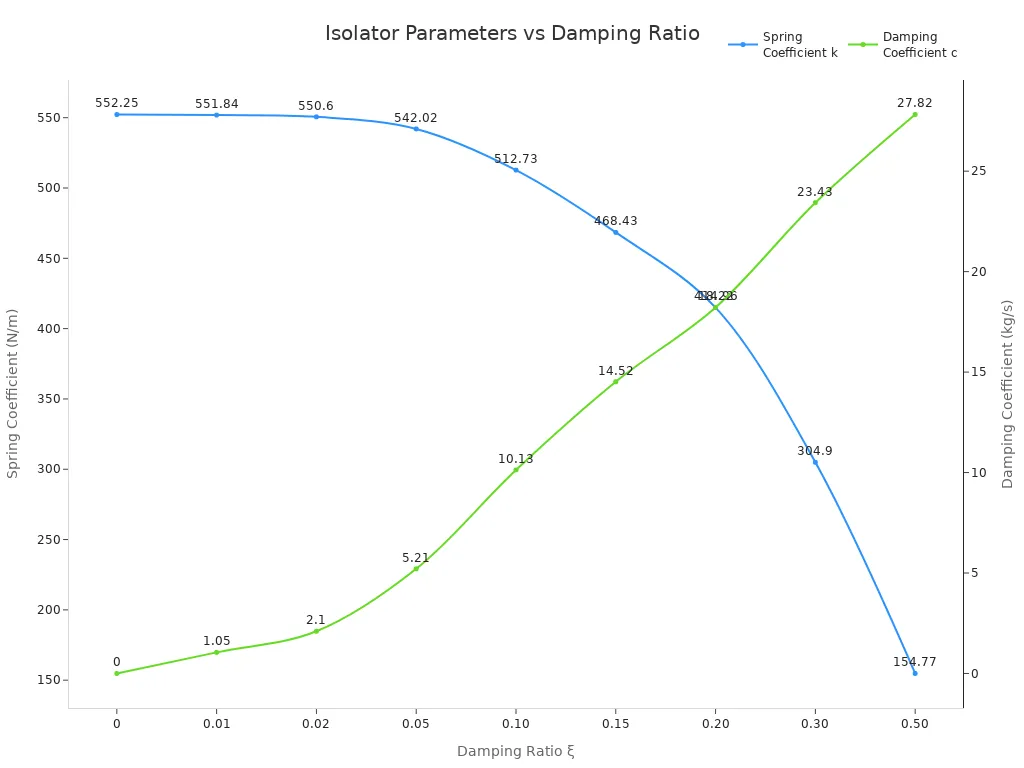
Environment
The place where the mount is used can change how well it works. Some important things to think about are:
Temperature changes can make mounts get bigger or smaller.
This can put extra stress on the mounts.
Extra stress can cause more vibration and make mounts wear out faster.
Common Mistakes to Avoid
Many problems happen when people pick or put in vibration isolation mounts the wrong way. Some common mistakes are:
Using mounts that are too small or too big, like springs or rubber pads.
Using spring isolators with covers that can get stuck or fill with dirt.
Putting hard metal parts next to isolators, which stops them from working.
Not lining up mounts or hangers, which gives bad support.
Not taking care of mounts, which can make them rust or break.
Note: It is important to match the mount type to the vibration’s strength and speed. Always check what the machine needs and where it will be used before picking a mount.
Vibration isolator mounts work like strong cushions. They keep machines and buildings safe from shocks and loud sounds.
These mounts stop vibration from moving to other places. They protect floors and can be made for different jobs.
Using these mounts helps machines last longer and do their jobs better.
To pick the best mount, you should:
Look at how much weight the mount needs to hold and what it will be used for.
Check how fast the machine shakes and compare it to the system’s shaking speed.
Put the mounts in the right spots for good support and think about how temperature might change things.
Good mounts help save money on repairs and make machines work better at home and in factories.
FAQ
What is the main job of a vibration isolator mount?
A vibration isolator mount keeps vibration and noise from spreading. It helps protect machines and makes work areas quieter.
How does someone choose the right vibration isolator mount?
They need to check how heavy the machine is. They should also think about what kind of vibration happens and where the mount will go. Picking a mount that fits these things works best.
Can vibration isolator mounts help with noise problems?
Yes. These mounts lower noise that moves through floors and walls. They help make homes, offices, and factories quieter.
Where can someone buy quality vibration isolator mounts?
Lots of companies sell these mounts. YNF Rubber has many kinds for different machines and uses.


